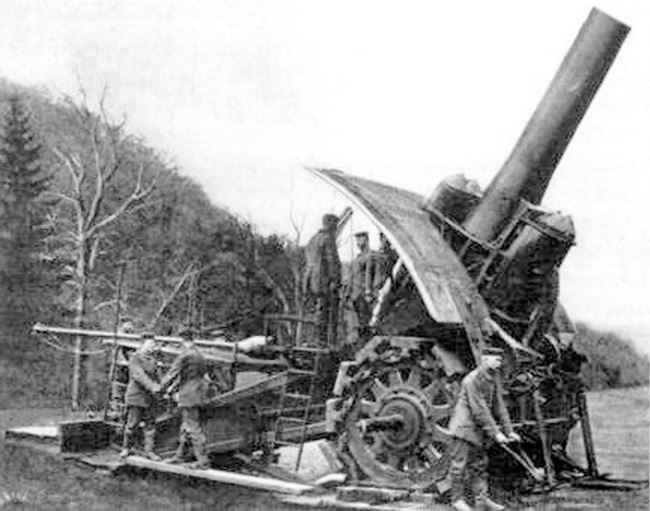Weapons
- WWI was the first war in which flamethrowers were used. Invented by German Richard Fiedler, its original German name was der flammenwerfer and could shoot jets of flame up to forty metres away.
- With the exception of nuclear technology, the vast majority of weapons used today are based on basic designs and concepts developed during the First World War.
- The war was the last in which cavalry would prove effective because of the invention of poisonous gas which could be deployed by aircraft.
- The main weapon used by British soldiers in the trenches was the bolt-action rifle; skilled operators could fire fifteen rounds in a minute, and hit a target one and a half kilometres away.
- One of the major developments in weaponry was the invention of the machine gun. In the First World War, these newly-acquired weapons required up to six men to operate them but displayed the firepower of one hundred rifles.
- Initially, gas was used by both the French (in August 1914) and the Germans (in October the same year) to incapacitate enemy soldiers. However, at the second battle of Ypres in April 1915, the Germans used chlorine, which killed many men, caused hundreds more to flee and allowed the German troops to advance easily.
- Despite the tragic suffering caused by gas attacks by both sides throughout the war, historians today still debate its strategic effectiveness. Gas attacks led to over a million casualties, but ‘only’ 91,000 deaths. It is considered that its key effectiveness was that of terror rather than anything else.
- Before gas masks were invented by Edward Harrison, soldiers would protect themselves from the effects of a gas attack by breathing through a piece of cloth soaked in their own urine.
- One particularly terrifying weapon used during the conflict was Big Bertha, a German Howitzer gun which fired 42cm calibre shells a distance of almost eight miles. Popular legend says it was named after Bertha Krupp, owner of the company that manufactured it.
- French military commanders insisted that one of the keys to the allied forces winning the war was a weapon they operated known as the Devil Gun, a cannon accurate up to four miles away.

Big Bertha